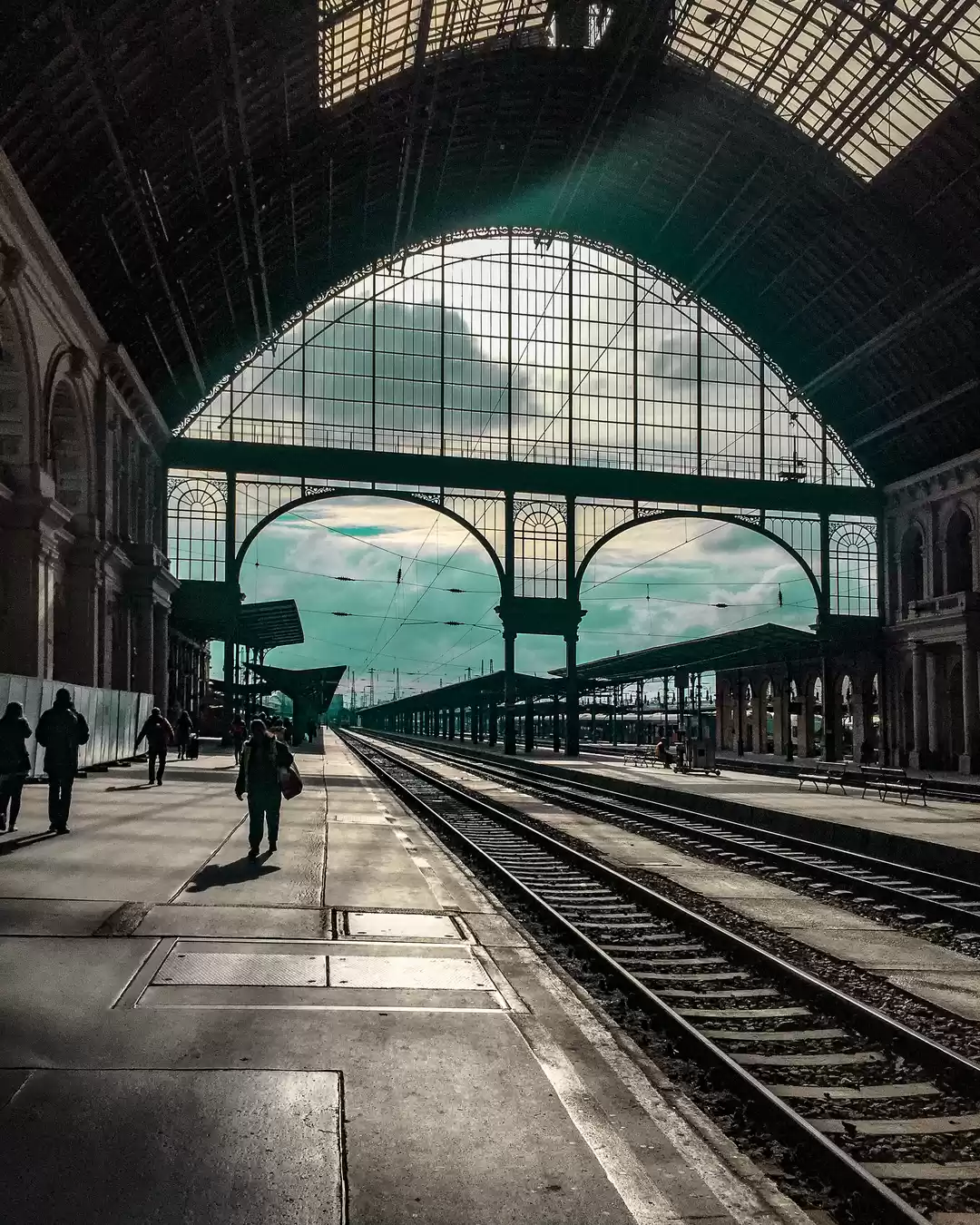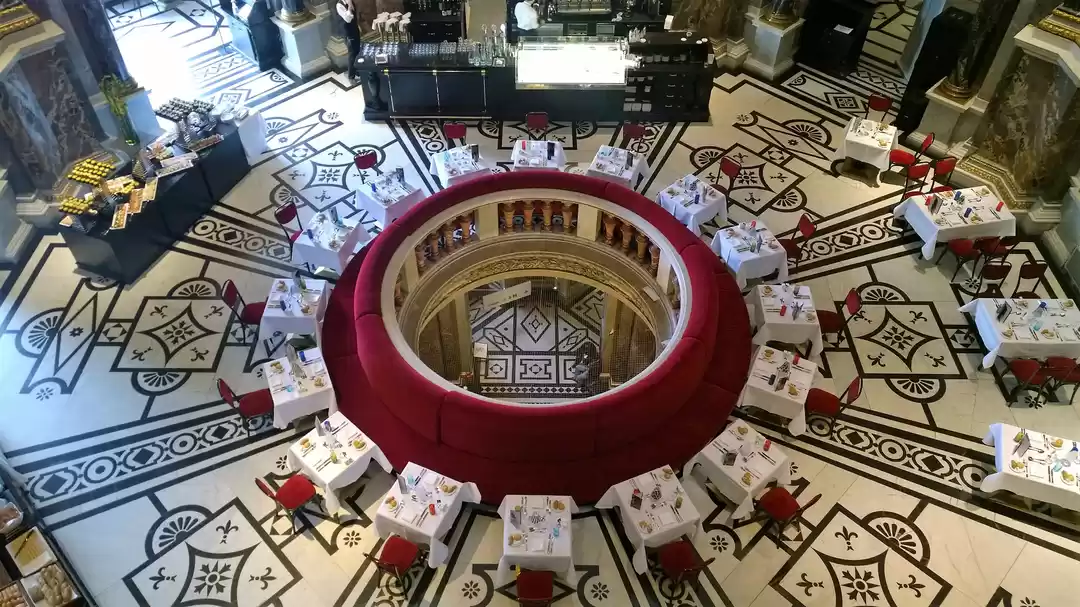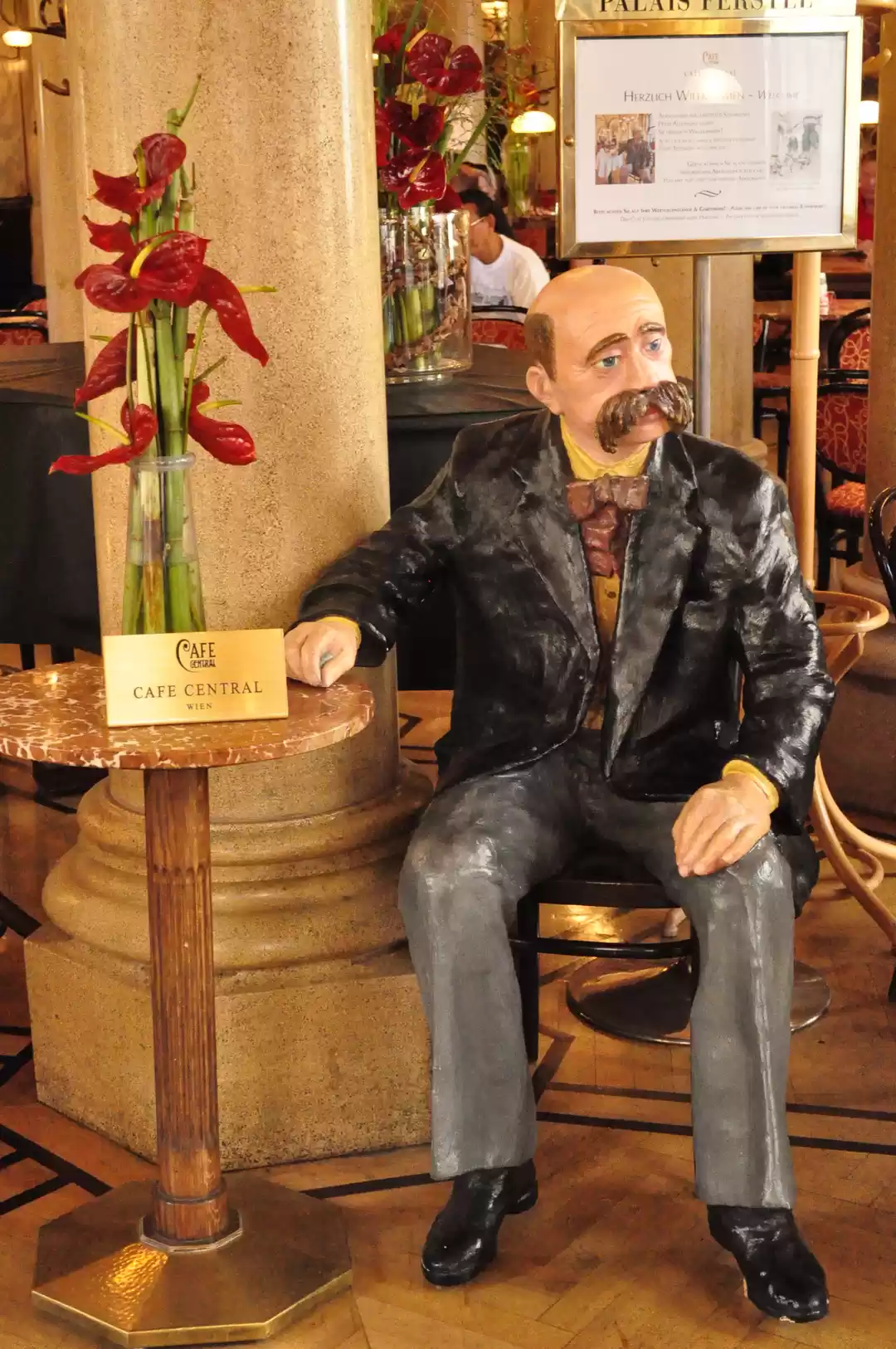The Austrian capital Vienna is a small city, and can be easily covered in three days. Art, music and culture oozes out of the streets of Vienna. There are posters of Strauss and Mozart and art museums covering practically every wall.
At every turn there is a souvenir shop flooded with postcards and magnets with prints of Gustav Klimt's artwork. You can spend the entire day roaming the cobbled streets of the city, which diverge into narrow alleys covered with graffiti. With modern buildings standing next to medieval architectures, the old and the new come together in Vienna.
Day 1
The Albertina museum houses a vast collection of artwork by Monet, Da Vinci, Michelangelo, and Picasso, among many others. Parts of the State Rooms, which used to be the residence of the Habsburgs, are also open to the public. After your visit, you can enjoy the classic Viennese coffee and a strudel at the cafe inside the premises. If you are a student, you can also avail a student discount by carrying your university ID with you.

Marked by the glorious St. Stephen's cathedral standing at the center, the Stephansplatz town square has everything ranging from marble statues and bookshops to luxury stores and fancy cafes. No matter the day of the week, it is overflowing with crowds - tourists and citizens alike. You will see horse-drawn carriages with men dressed in Victorian outfits, transporting one to a fairy-tale land, along with street dancers and musicians at every corner, trying to leave their mark in this city of art.


A 10 minute walk from the Stephansplatz, the Spanish Riding School is built in the Renaissance style and is a major tourist attraction. Getting a ticket for the gala performances is thus difficult and expensive, but you can book tickets to watch the morning exercises or can get a guided tour of the school and stables.

Day 2
Built in the 18th century, the Schönbrunn palace has vast gardens and a museum. The entry to the main grounds of the palace is free but there is a ticket to visit the museum and the inside of the palace buildings. So if you are travelling on a budget, you can spend much of your day just roaming the beautiful and colourful palace grounds, surrounded by nature.

The Ringstrasse is a beautiful boulevard near the inner city. If you enjoy walking, this is the best place to do so to get a peek of major Viennese buildings including the Parliament, the Imperial Palace, the State Opera, the National History Museum, and the Museum of Fine Arts. Along the way, you can also visit the Votive Church, a famous Gothic structure, and the Sigmund Freud Museum, to get a glimpse of the Austrian psychologist's personal possessions. Sightseeing is also possible via the Vienna Ring Tram which provides information about various sights.

Home to classical composers like Mozart and Strauss, Vienna is a city with a rich musical heritage, which can be witnessed at the opera concerts which take place almost daily in the State Opera. The productions include major compositions by Beethoven, Strauss, and Puccini, among others. Attending an opera concert in Vienna is the perfect way to end a day spent exploring its architectural traditions.

Day 3
Naschmarkt is one of Austria's biggest markets for food and produce. The street vendors provide a wide variety of exotic and fresh fruits, vegetables, meat, drink, and other products. Both locals and tourists come here to shop and eat, and the colourful atmosphere of the market is worth experiencing if you are interested in exploring different culinary traditions.

If you are an art fanatic, Vienna is the place for you. The Belvedere Palace with its Baroque architecture houses the famous Gustav Klimt painting called The Kiss, among artwork by many others such as Vincent van Gogh and Egon Schiele. It has four major sections: Upper Belvedere, Lower Belvedere, the museum, and Belvedere 21. All sections contain collections of artwork and you can get an individual ticket to visit a particular section. Most parts of the gardens of the Upper and the Lower Belvedere are free to visit.

A 15 minute walk from the Belvedere Palace, the Botanical Garden of the University of Vienna is the perfect place to unwind and relax. It is managed by the Botany department of the university and is used for research and conservation. Roaming the garden is a welcome break from the churches and palaces of the city, and the best way to end your trip.

Tip: It is convenient to get a 72-hour Vienna pass for public transport at the beginning of your trip to save time. Almost all major sights are accessible via tram or metro, though there is a lot you can explore just by walking around.
Happy travelling!























